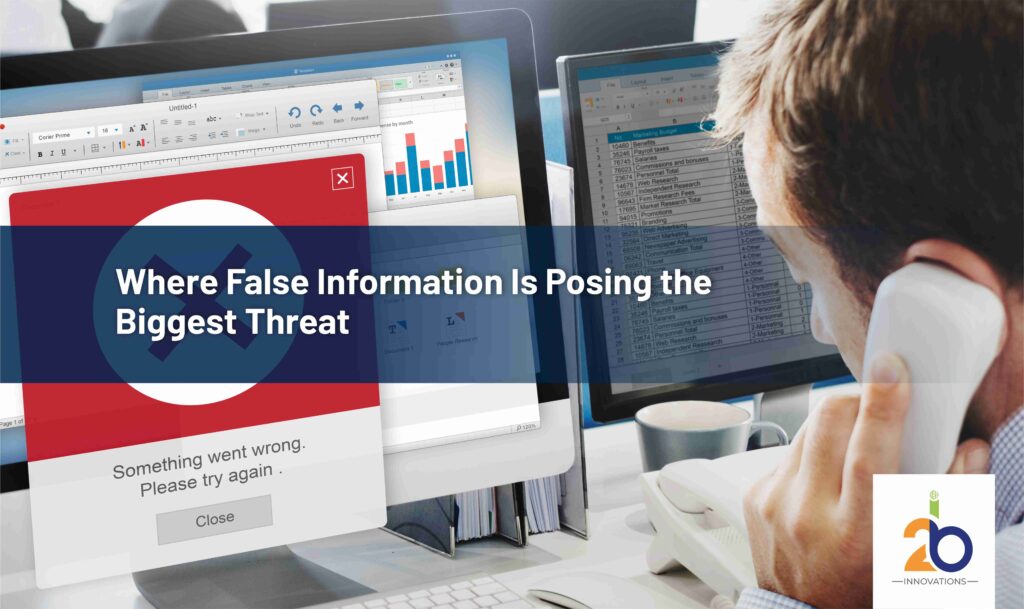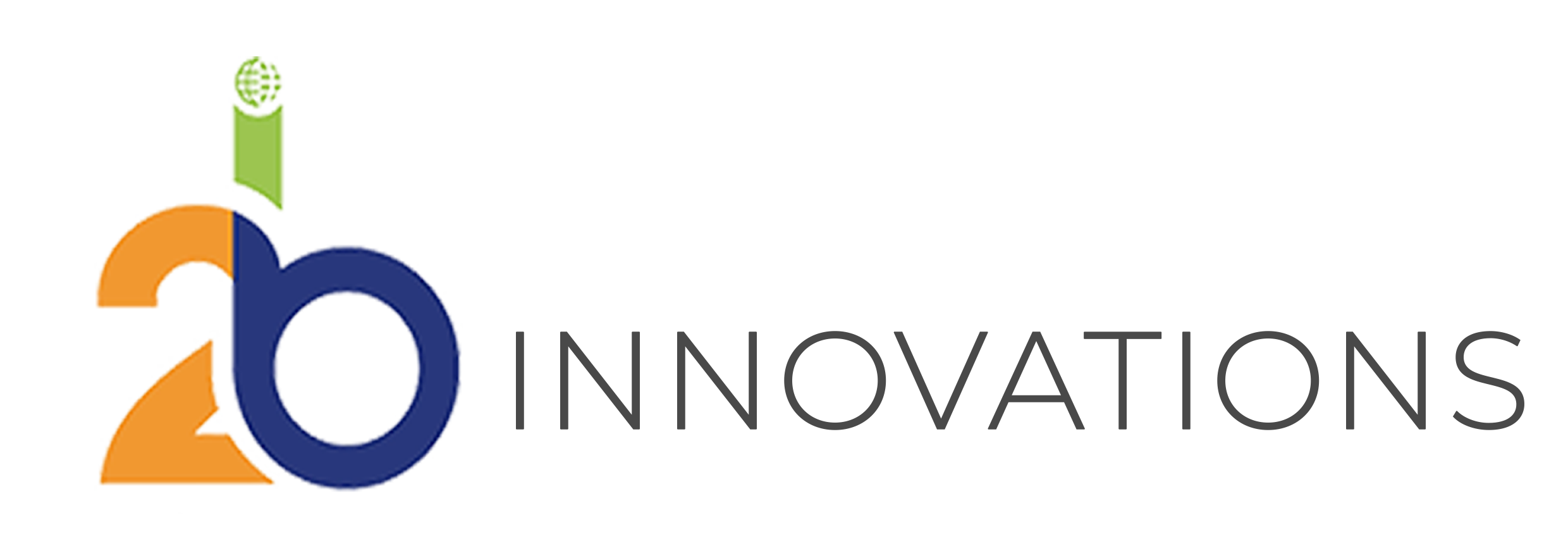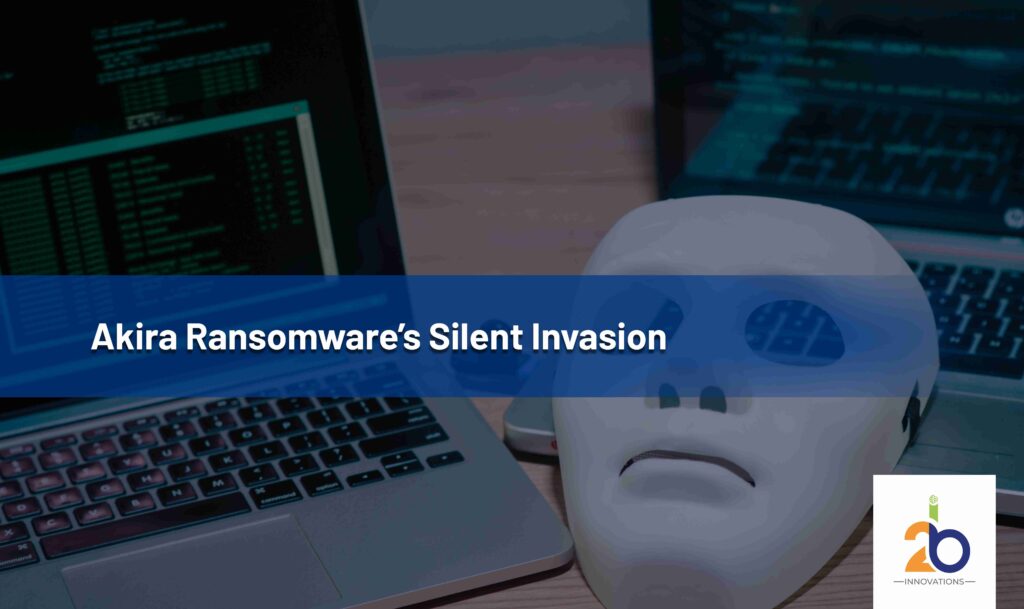
“Learn more about cyber-attacks in 2023 – Statistica Report.”
In an extraordinary year for global elections, experts consulted for the World Economic Forum’s 2024 Global Risk Report identify false information as a primary threat faced by people worldwide. The report gauges the extent of misinformation and disinformation as concerns for various countries over the next two years, using a ranking system encompassing 34 economic, environmental, geopolitical, societal, and technological risks.
India emerges as the country with the highest-ranking risk of disinformation and misinformation. Among all risks, experts consistently designate misinformation and disinformation as the foremost concern for the nation, surpassing worries related to infectious diseases, illicit economic activities, inequality (both wealth and income), and labor shortages. With India’s next general election anticipated between April and May 2024 and a population exceeding 1.4 billion, the stakes are high.
The prevalence of fake news during India’s 2019 election, where political parties strategically exploited platforms like WhatsApp and Facebook to disseminate inflammatory messages, raised concerns about online animosity potentially spilling into real-world violence. More recently, misinformation became a pertinent issue in India during the Covid-19 pandemic, particularly through the messaging app WhatsApp.
The accompanying chart highlights other nations facing elevated risks of misinformation and disinformation impacts. El Salvador, Saudi Arabia, Pakistan, Romania, Ireland, Czechia, the United States, Sierra Leone, France, and Finland are all identified as countries where this threat ranks among the 4th-6th most dangerous risks out of 34 in the next two years. In the United Kingdom, misinformation/disinformation is positioned as the 11th most perceived threat.
Analysts from the World Economic Forum caution that the presence of misinformation and disinformation in electoral processes could severely undermine the real and perceived legitimacy of newly elected governments. This risk, they argue, may lead to political unrest, violence, terrorism, and a gradual erosion of democratic processes. The data underlying these conclusions draws from 1,490 expert opinions spanning academia, business, government, the international community, and civil society. The survey was conducted from September 4 to October 9, 2023.
Misinformation’s Evolving Threat: A 2024 Perspective
As we delve deeper into the intricate landscape of misinformation and disinformation, it’s imperative to recognize how these deceptive practices have evolved beyond influencing elections and are now being weaponized against unsuspecting consumers. The recently released movie “Beekeeper” vividly depicts how misinformation is not merely a political tool but has become a catalyst for fraudulent activities targeting end consumers.
The film underscores the alarming trend of misinformation being strategically employed for financial gain, drawing attention to the growing threat of scams and frauds orchestrated through the manipulation of public perception. Just as political actors exploit social media platforms to sway opinions, malicious entities are now leveraging false information to deceive consumers, posing a significant risk to individuals and the economy.
Moreover, this nefarious trend extends beyond the silver screen and into the real-world experiences of consumers. Instances of cyber-attacks targeting individuals through deceptive means have been on the rise. Notable cases include sophisticated phishing emails mimicking official communication from utility companies, leading consumers to unwittingly disclose personal information. In some instances, fake electricity bills or overdue payment notices have been circulated, preying on individuals’ concerns about service interruptions. These cyber-attacks not only compromise personal data but also erode the trust consumers place in legitimate communication channels, making them more susceptible to future manipulations.
As we reflect on these past incidents, it becomes clear that the misuse of misinformation is not confined to the virtual realm; it permeates our daily lives, impacting the financial well-being and privacy of individuals. The convergence of technological advancements and deceptive tactics necessitates a vigilant and informed consumer base. Enhancing awareness about the methods employed by cybercriminals and fostering a culture of skepticism can empower individuals to identify and thwart such attacks, contributing to a more resilient and secure digital environment.
Misinformation as a Gateway to Cyber Threats
Beyond the realm of consumer fraud, misinformation has found a new avenue in the world of cyber threats. Phishing attacks, where malicious actors use deceptive emails or messages to trick individuals into divulging sensitive information, have become increasingly sophisticated. These attacks are not isolated incidents but part of a broader trend where misinformation is used as a smokescreen to breach security measures.
Referencing notable cyber-attacks from 2023, it’s evident that phishing played a pivotal role in infiltrating enterprise networks. The attackers, exploiting the trust of employees through carefully crafted misinformation, gained unauthorized access, leading to significant data breaches. Such incidents highlight the urgency of addressing the dual threat posed by misinformation and cyber vulnerabilities in the contemporary digital landscape.
One striking example involved a major financial institution where employees received seemingly legitimate emails prompting them to update their login credentials due to a supposed security upgrade. Unbeknownst to the employees, these emails were sophisticated phishing attempts. Falling victim to the deceptive communication, several employees unknowingly provided their login credentials, enabling the attackers to access sensitive financial data and compromising the institution’s security.
In another instance, a multinational technology company experienced a targeted phishing campaign that exploited employees’ familiarity with internal communication practices. Attackers sent fraudulent emails posing as the company’s IT department, claiming the need for urgent software updates. The unsuspecting employees, trusting the apparent legitimacy of the communication, unwittingly downloaded malware disguised as software updates. This breach allowed the attackers to infiltrate the company’s network, leading to the unauthorized access of proprietary information.
These examples underscore the evolving tactics employed by cybercriminals, demonstrating the critical need for organizations to fortify their cybersecurity measures and educate employees about the intricacies of phishing attacks. As the line between misinformation and cyber threats continues to blur, a holistic approach to digital security is essential to mitigate the risks posed by deceptive practices in the ever-evolving digital landscape.
Safeguarding Against Misinformation
In the face of these evolving threats, it becomes crucial for individuals and organizations to adopt a proactive approach to safeguard against misinformation. This involves cultivating media literacy, promoting critical thinking skills, and staying informed about current tactics employed by malicious actors. Additionally, technological solutions and policies should be implemented to curb the spread of false information and protect the integrity of information channels.
As we navigate the intricate web of misinformation, it’s evident that the consequences extend far beyond the political sphere. From fraudulent schemes targeting individuals to sophisticated cyber-attacks on enterprises, the pervasive nature of misinformation demands a comprehensive and collaborative response. By understanding the evolving tactics employed by those who seek to exploit information, we can collectively work towards a safer and more resilient digital landscape for all.



